All about the silver maple
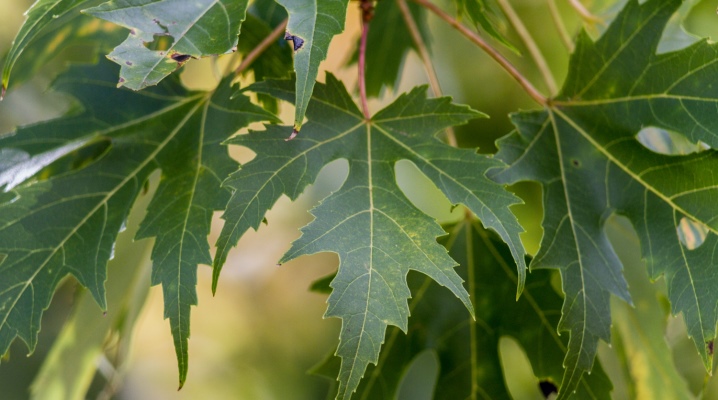
Silver maple is very often used for landscaping home gardens, including parks, gardens and alleys. This tree is unpretentious to care for, and it also grows quite quickly after planting. In this article, we will take a closer look at the description of the silver maple, consider its current varieties, recommendations for planting and care, and also learn about the reproduction and possible diseases of this tree.

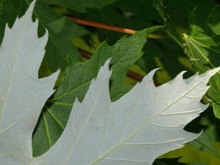
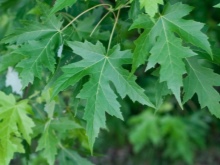
Description
Silver maple belongs to deciduous plants belonging to the maple family. This tree is found mainly in the United States of America and Canada, but it also grows in our country, despite the harsh winter climate in some regions.
The tree got its name due to its leaves. On the one hand, they are green in this variety of maple, and on the other, they are white and silver. In autumn, like many other trees, they turn yellow, gaining a bright juicy yellowish orange color.
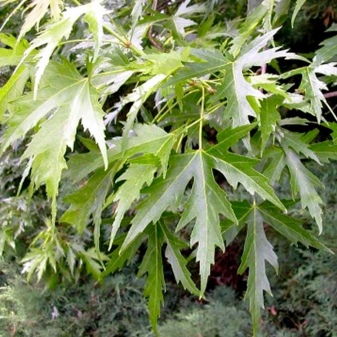
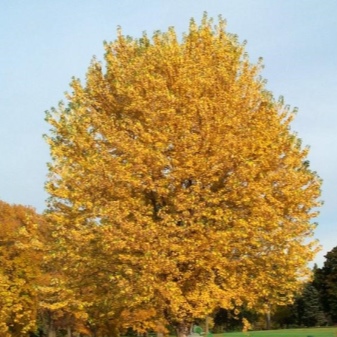
Silver maple is a tall and spreading tree, reaching 20–35 meters in height, often even more. Young maple trees usually grow very quickly, rapidly gaining growth upward. On average, a tree can grow 80–100 cm per year. Mature trees grow upward more slowly, but they grow decently in width. On average - up to 25-30 cm.
Crohn belongs to openwork. The tree blooms with small yellow flowers that can be easily seen.
It is known that for the favorable growth of this tree, it needs sufficient moisture, and therefore it can be most often seen near water bodies, including near rivers and lakes. The colloquial name of this tree is considered "marsh", as it is not afraid of wet soil.

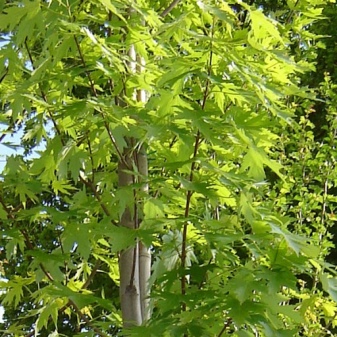
Silver maple belongs to frost-resistant, as well as light-loving and long-lived plants. On average, this tree lives for about 100–120 years, but cases of longer growth are known.
Popular varieties
Today, several varieties of silver maple are known, which differ in some characteristics. Let's consider them in more detail.
Of the decorative varieties of silver maple, one of the most popular is "Pyramidale", reaching 20 meters in height, in diameter - no more than 8 meters. It is very often used for landscaping city streets. Maple got its original name for the shape of its compact crown, which over time begins to resemble a pyramid, while it is very dense. The leaves are deeply cut, their underside is light silvery. This variety is perfect for sunny areas, and it also grows well in regions of Russia with a temperate climate. The variety can be used for single or group planting with other plants.
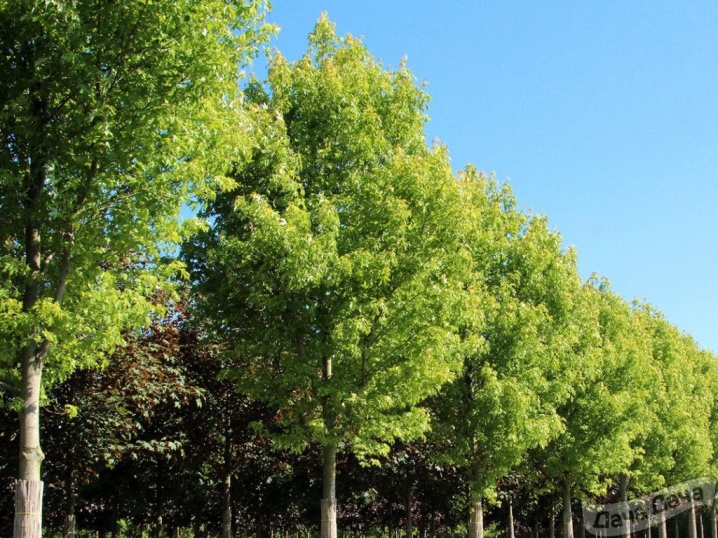
There is also a low-growing maple variety "Latsiniatum Vieri". It belongs to decorative, has a spreading crown and silvered leaves on the seamy side. Usually the tree grows no more than 15-20 meters. Split maple, it has very beautiful leaves. When they bloom, you can notice that they have a pink tint, but over time they completely turn green. The flowering of the tree occurs before the leaves dissolve, the flowers have a bright red hue.
This variety grows well in urban conditions, is unpretentious to soil conditions, perfectly tolerates shade, and is winter-hardy.

Landing rules
Gardeners believe that maple is best planted before winter, namely in late autumn. But in harsh climates, it is the spring period that is recommended, so that the tree has time to acclimatize during the summer before the onset of the autumn cold.
When choosing a place for a future tree, preference should be given to places that are not too sunny and not too windy - it is best to choose penumbra areas. Do not be afraid to place the tree near your home pond or pond.

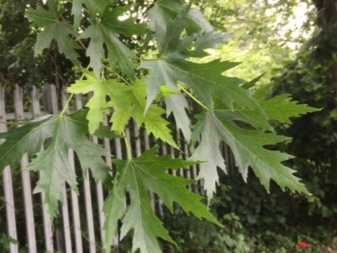
When planting a tree, its root collar should be at ground level. Fertilizer should be placed in the planting pit in advance; you can purchase any nutrient for trees and shrubs. You can also add peat to the planting pit to saturate the soil. The acidity in the soil should be optimal - you shouldn't make it too acidic.
It is worth noting that maple does not grow very well on clay soils and sandstones. It is also advisable not to plant this tree in an open draft, otherwise it will have to be injured several times a year, cutting off broken branches and shoots.
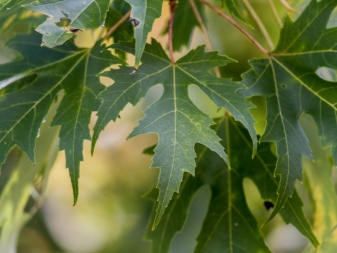

Care
Sanitary pruning is indicated for silver maple in early spring. The choice of the spring period is justified by the fact that the tree has not yet "woken up" from winter to the end and it has a strong immunity. And this means that he is not afraid of pruning, which in the summer, for example, without proper treatment, can infect a plant.
In addition, in order for the tree to grow flawlessly, and also does not require unnecessary trouble, it just needs to be looked after in a timely manner.
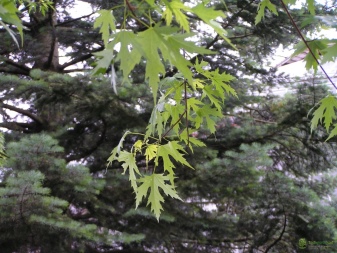

Watering
Immediately after planting and in the first few years, the plant will need abundant watering, do not forget about this, because maple does not really like drought. Experts have calculated that an average of 15–20 liters of water is required per tree, while at the same time, in severe drought and hot weather, the number of irrigations should be increased. Mature trees, unlike young ones, do not need to be watered so often. Mulching is also very important, usually to keep the maple from drying out. For this, for example, you can use moss.

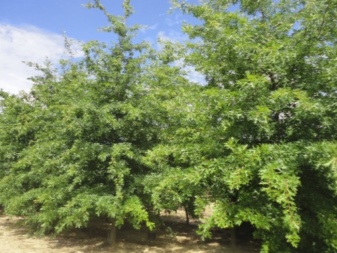
Top dressing
It is recommended to do the first top dressing only one year after planting the tree. To do this, you can use fertilizers with potassium, nitrogen and superphosphate. Potassium is usually taken no more than 15-20 grams, and the other two ingredients - in equal parts of 50 grams. The finished mixture is mixed and then introduced into the soil prepared in advance under the young tree.
In order for the fertilizer to work as expected, it is worth digging up the ground by about 10 cm before applying it. During subsequent watering, the fertilizer, along with water, will saturate the roots of the young tree.
On average, an adult tree should be fed no more than 3 times without special need, otherwise the plant may have an excess of vitamins, which can lead to root system disease.
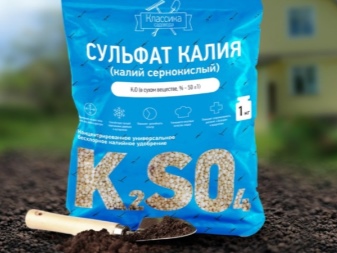
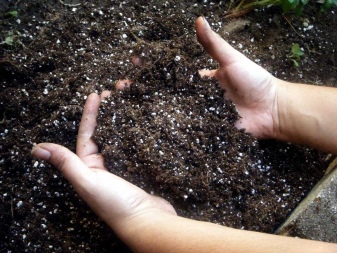
Loosening
Loosening of the soil is carried out not to too great a depth, so as not to injure the root system of the tree. Usually, in late spring and early summer, when loosening, you can immediately apply fertilizer.
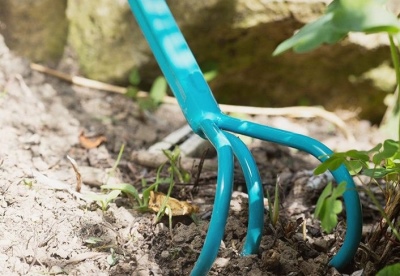
Reproduction
Silver maple can be propagated in several ways.
It is known that in natural conditions, maple multiplies without any problems with the help of seeds. After the seed enters the soil, it begins to sprout almost immediately. On the first day in the soil, the seed already begins to sprout, the main thing is that it is well moistened.
Also, for propagation of silver maple, a time-tested method is used - cuttings. This technique is used in the autumn, it is advisable to prepare the material in September. Cuttings are cut to a length of about 20–25 cm. It is important that several leaves are present on them. Before planting, the cuttings are placed in cups of water. To speed up the process of root formation, it is advisable to add a growth stimulant to the water. It can be purchased at any gardening store.
Young seedlings are usually planted to a depth of no more than five cm, the planting hole should be well loosened, moistened, and there should also be enough fertilizer in it.


Diseases and pests
It is known that in nature, maple is a real salvation for many species of birds that feed on its seeds, but pests often attack it along with birds. As is known, preventing disease is much easier than directly curing an already diseased plant, and therefore many gardeners recommend taking preventive measures. So, you can use various folk remedies. For example, it can be an infusion of chamomile, dandelion or potato tops. These funds are completely safe for the plant, but very often destructive for annoying insects.
Maple is often attacked by whiteflies, mealybugs and leaf weevils. Other pests may also occur. You can endlessly fight with them with folk remedies, but it is better to use a good insecticide once.
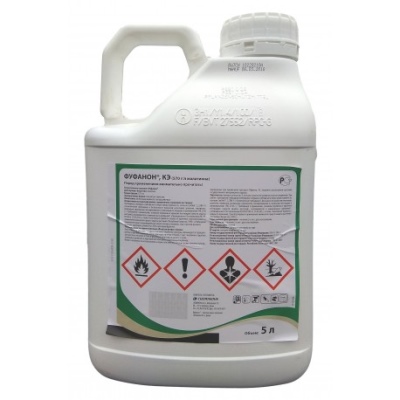
As for disease, silver maple can get sick with powdery mildew and black spot. The correct treatment should be selected depending on the pathogen. HFor example, special antifungal agents are used to get rid of powdery mildew. If measures are not taken in time, the tree may die. A characteristic feature of this disease is a clear white coating on the leaves of the plant.
Also, ticks can start on the site, which can also very often attack maple and other plants in the vicinity. Usually, ticks are very difficult to see with your own eyes, but you can see how the tree slowly begins to wilt and even sheds its leaves. Blisters may be visible on the leaves. For to fight the gall mite, you can use special biological preparations, for example, Fitoverm. Usually, all ticks die after 12-24 hours. However, chemicals are still considered the most powerful, but they can be more toxic to plants, especially if they are used several times per season.
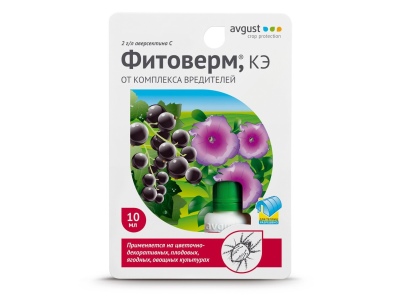
When working with any preparations for processing plants, it is extremely important to follow the instructions and do not forget about safety precautions. It is very important to wear a face shield, gloves and, if possible, a suit.
All about the silver maple, see the video below.



































































The comment was sent successfully.